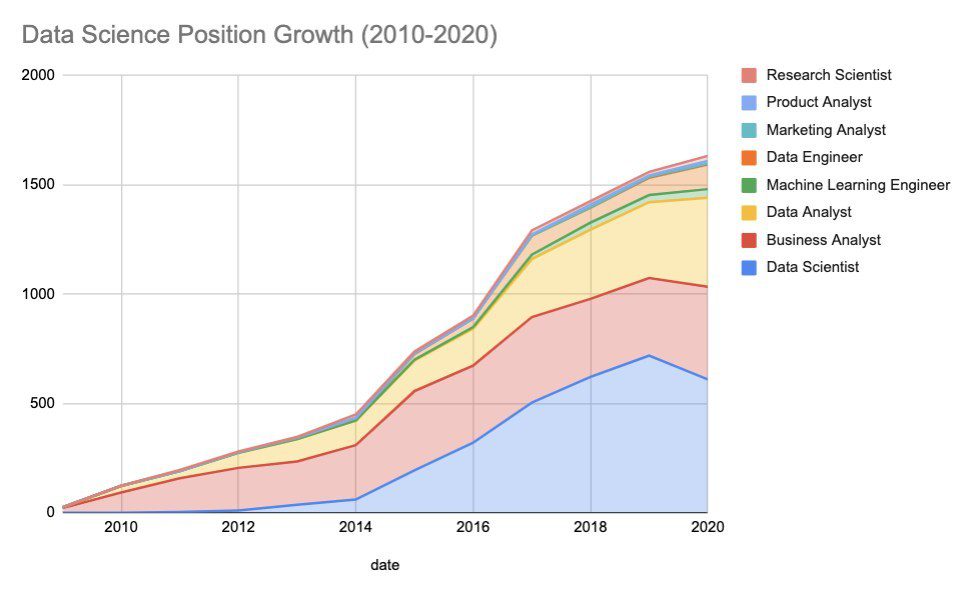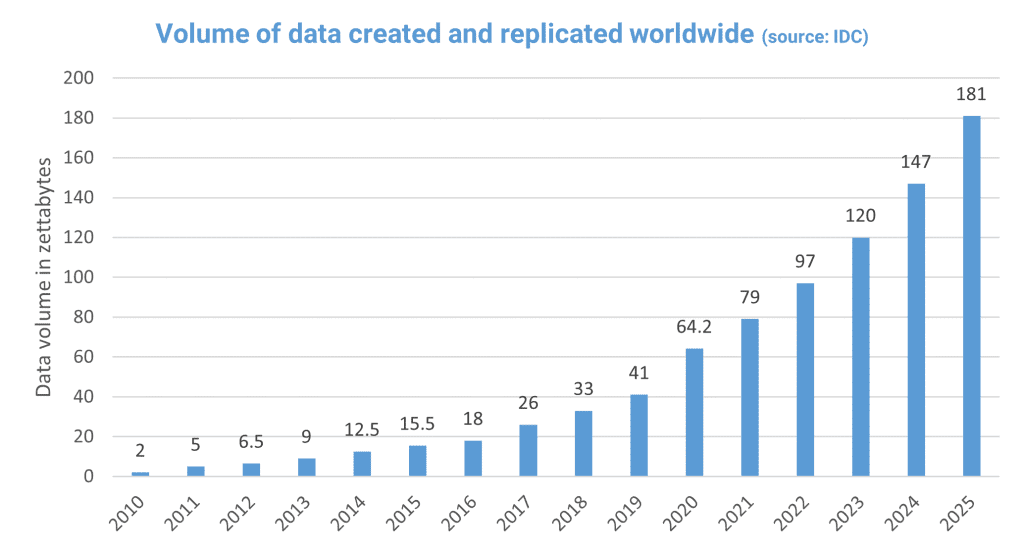Understanding the Evolution of Data Science Careers in 2024
If you have been following the headlines over the last few years when it comes to data science as a career, you might be experiencing a bit of whiplash. Since 2012, when the Harvard Business Review dubbed the Data Scientist role as “The sexiest job of the 21st century,” enthusiasm has soared. By early 2022, with the job market described as “on fire,” expectations for the future of data science careers have been incredibly high. In fact, the Bureau of Labor Statistics was projecting 35 percent growth in the demand for Data Scientists from 2022 to 2032.
Impact of Tech Layoffs and Generative AI on Data Science
Then came the tech layoffs of 2023 with 500,000 jobs being eliminated along with the rise of generative AI. These one-two punches had many people wondering if this represented the end of the Data Science glory days. Articles with titles like “The Data Science Job Market is Disappearing,” “Is Data Science Dying?” and “Is Data Science Oversaturated Now?” could be found all over the internet.
To adapt a quote from Mark Twain— reports of the death of data science are greatly exaggerated.
Let’s see 4 reasons why data science is far from dead.
Reason 1:
The Long-term Growth Trends in Data Science
Many articles focus on trends over relatively short time periods of 12, 18, or 24 months, which can show big swings in open positions and number of layoffs, making for dramatic visuals and poor understanding.
If you look at the data since the 2012 declaration of data science as the job of the future, it shows the field has grown a staggering 650%. While there are ups and downs in demand, that just means that data science and related fields are subject to market forces just like nearly every other job market, but the field continues to expand.

Source: PRNewswire
Reason 2:
The Unstoppable Growth of Data Generation
Data is being generated at an exponential rate. This is not to say the data scientist position will continue to increase at the same rate as we generate data, but that the continued growth in data will mean businesses will continue to seek ways to explore transforming it for profit.
The bottom line is that we don’t seem to have yet hit the ceiling on data generation, hence our need for data analytics will likely also continue to grow.
That begs the question of how Generative AI comes into the mix.
Source: IDC via Red-gate.com

Reason 3: Innovation, Change, and Generative AI
Don’t get me wrong, I like many people think that Generative AI tools will dramatically change how many of us do our jobs. This will impact data scientists and their respective teams like it will many other occupations, but this is nothing new.
My father was an engineer at Pratt & Whitney Aircraft, and he went from carrying a slide rule to calculator that could do the work of a slide rule and would fit in his pocket. When I started working as an Evaluator with the US General Accounting Office in the early 1990’s, my team of 4 had just 2 computers to do our work, which was actually 1 more than a normal team at the time.
Calculators and computers dramatically changed how we did our job, but those jobs still exist today. Some jobs do disappear with new technologies, but Generative AI needs people with knowledge of their area¬–in this case programming and algorithm writing–to create the prompts and generate and interpret meaningful results. Will data scientists and engineers write as much code in the future? Doubtful, but they still need to be good consumers and editors of what generative AI produces.
Reason 4: Sensationalism and Grabbing Your Attention
Let’s face it, “Is the data science boom over!?!” is more likely to grab your attention than “Temporary corporate downsizing decreases demand for data scientists.”
Yes, we are the problem. It is natural for us to seek new, interesting, and perhaps counterintuitive information so we click on the dramatic headline. After all, I have never once heard–even on NPR’s marketplace–“Today we saw mostly random fluctuations in the market.” That is certainly the case on many, if not most days. So, when the upward trend was disrupted in 2023 and exciting new technology was gaining traction quickly, it was natural to seize the moment and question the narrative of continued high demand for data science skills into the future.
Forecast: Continued Demand for Data Science Skills
We are already starting to see the demand for these positions bounce back from the shock in early 2023. So, for the foreseeable future, we continue to see increasing demand for data science and related skills, even as Generative AI continues to reshape how we do data science and analytics.